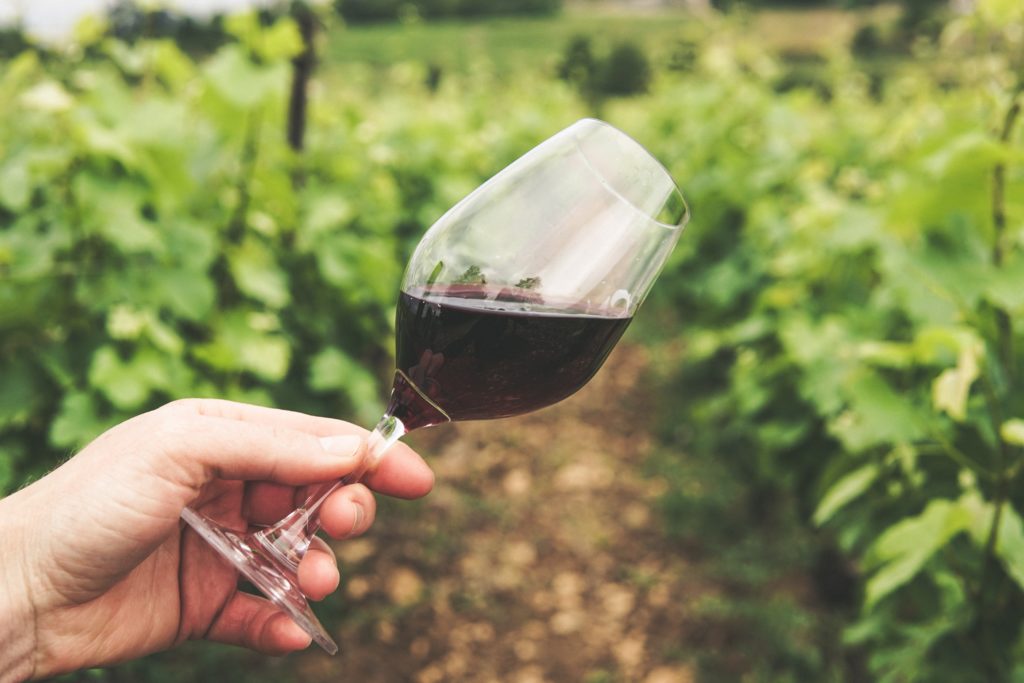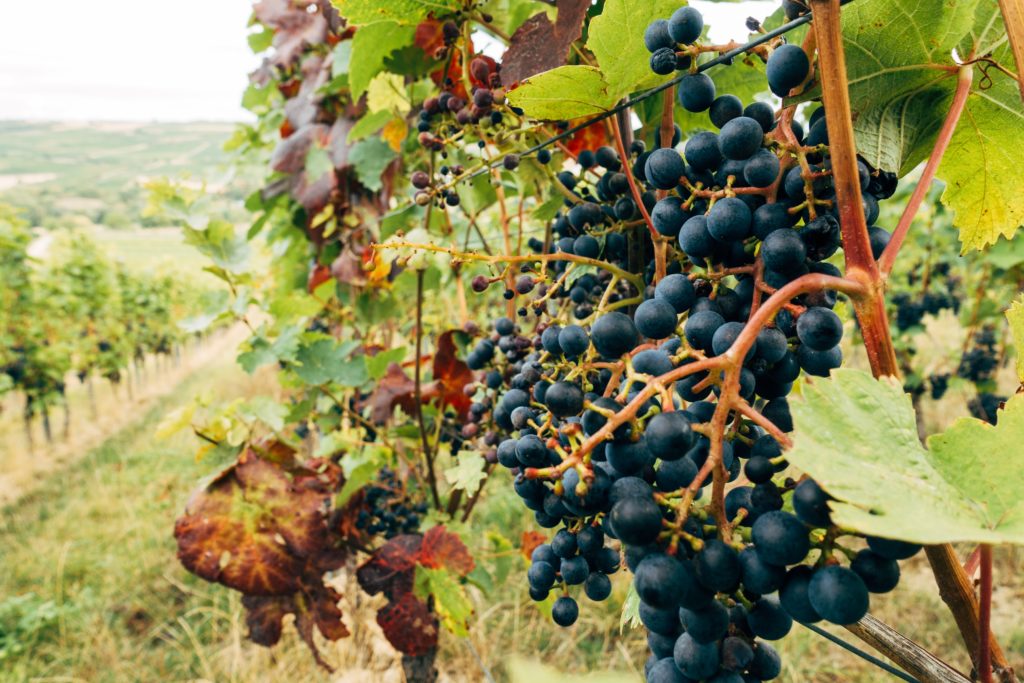There are many Surprising Facts About Wineries! From where corks come from to why wineries are so important, these facts will make your wine drinking experience even better. We’ll also discuss the health benefits of wine and the best way to store it. Let’s get started! Below, you’ll find 20 fascinating facts about wineries. Read on to learn more about the wine industry!
Interesting facts about wineries
Whether you’re a lover of wine or just curious, you’ve likely heard about some surprisingly interesting facts about wineries and black-owned wineries. From the origins of wine to its unique characteristics, this article aims to educate you about the world of wine. These facts will cover everything from the history of wine to how much wine makes us happy. Here, we’ll highlight some fascinating details.
Appellation refers to the legally designated region on wine labels. For example, “dry” refers to the absence of sweetness in white wines and tannins in reds. The wine itself can be classified as either red or white and has many names. Wines from different regions are called “blends” and may be made from more than one grape variety. Appellations are legal definitions of where a particular type of wine was produced.
Origin of corks
Wineries have long used corks to preserve their products, but the practice has a history. Corks have been used as bottle stoppers for thousands of years, and evidence of them has been found in tombs dating back to ancient Egypt. They were also used as floats for fishing nets, sandals, and personal flotation devices by fishers. Corks are sustainable and recyclable, which is a testament to the wine industry’s commitment to the environment. For three hundred years, the use of cork was the only option, but then people started talking about the TCA effect.
The process of producing corks at wineries involves several stages. First, the cork bark is cut into manageable pieces, and then workers sort it into two main types: technical and “high end” corks. These two types are separated by their density, moisture content, and size. After the cork bark has been sorted, it is boiled, sterilizing it and making it soft enough to fit into a wine bottle enclosure. Finally, the highest-quality corks are punched, while lesser-quality ones are pressed together to create agglomerate corks.

Health benefits
Drinking wine has many health benefits. Wine has antibacterial properties, which help the body respond to microorganisms. These benefits start in the stomach, where it arrives during meals. Another benefit is the substance resveratrol, found in grapes. This substance is linked to preventing blindness. Finally, when taken regularly, wine can help to avoid a hangover. If you’re looking for ways to improve your health, wine is a great choice!
Organic wines are sweeter than conventional wines, but they are also healthier for you. They contain no sugars, making them perfect for people on a weight loss diet. Organic wine is also gluten-free, so it is a healthy choice for diabetics and others concerned about their diet. In addition, organic wine is an excellent choice for those who’d like to reduce their sugar intake. Organic wine is also free of additives, making it a good choice for people on a diet or looking for a healthier lifestyle.
The proper way to store wine
The best way to store wine bottles is with their cork side down. If you have screw-top bottles, don’t worry about cork angle. If the cork becomes dry, it will allow oxygen to enter the bottle and change the flavor of the wine. Consequently, the wine won’t taste as good as it does on its first day. Alternatively, you can keep screw-top bottles upright. In either case, it’s essential to follow the recommended temperature range for the bottles to avoid the wine from drying out.
If you plan to store wine for long periods, you can use the same technique as when you keep it for short periods. However, if you plan to use the wine right away, you need to store it in a temperature-controlled place with proper humidity. Keeping the bottle temperature within a specific range will ensure the wine retains its flavor. Also, the temperature should be as constant as before. Finally, keeping it in a cool, dark place will ensure that the wine will age correctly.
